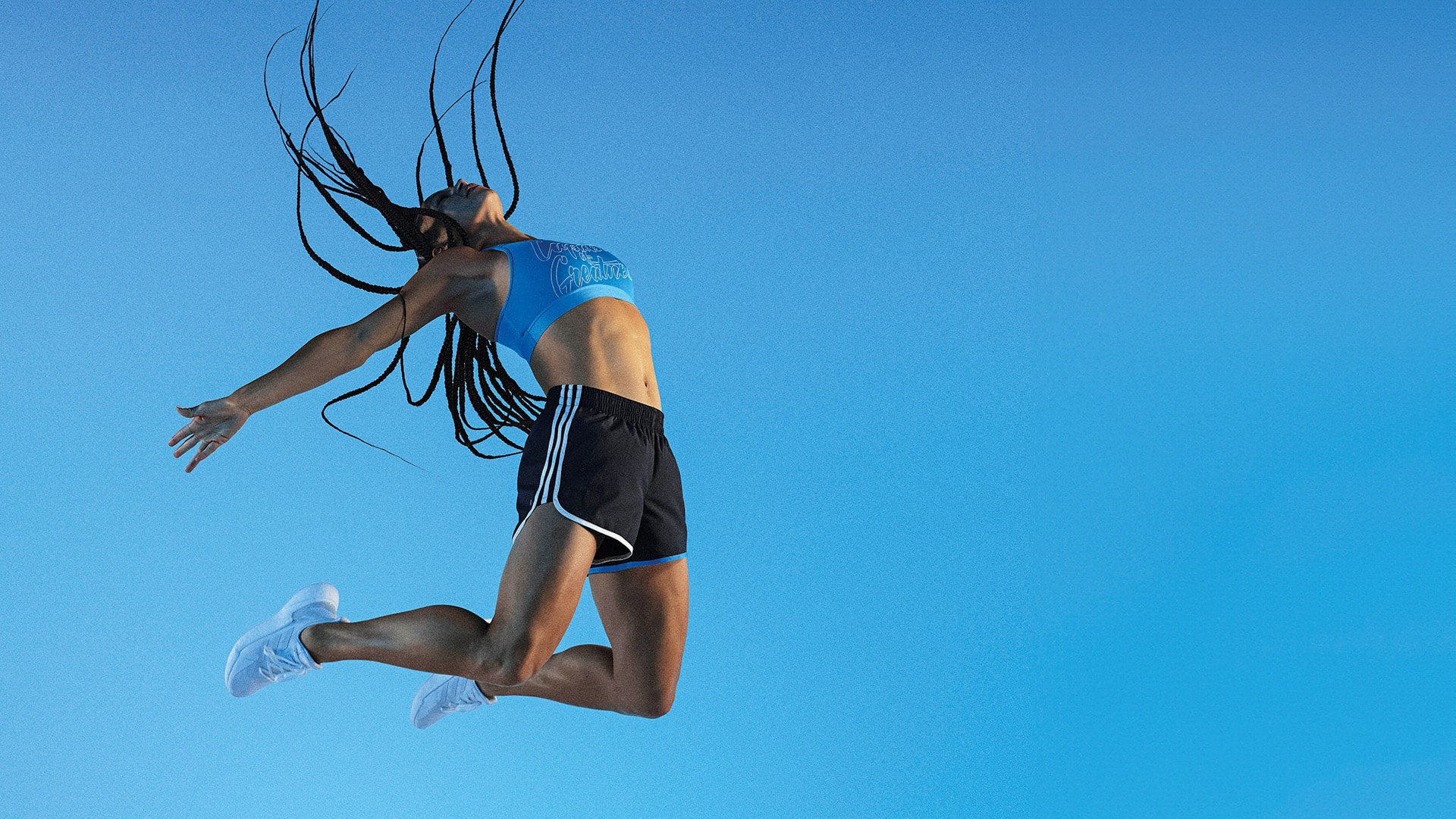The sporting goods industry is expected to grow + 6-7% annually over the next few years, driven by secular trends:
- Athleisure: a global fashion trend toward casual dress
- Health & wellness: growing awareness on improving health and quality of life
adidas is a strong brand in the design and distribution of sporting goods, (i) #2 worldwide and (ii) supported by strong innovation capability throughout multiple sponsorship agreements and partnerships.
Sales growth potential in the mid- to long-term is mainly supported by:
- The increasing share of sports-inspired lifestyle products in adidas’ product range
- An omni-channel approach encompassing strong sales dynamics from third-party distribution (wholesalers) and a Direct-to-Consumer model (e-commerce and own stores)
- Balanced growth across all geographies
- The US, where further market share gains are possible
- Speed initiatives with clear objectives to reduce time-to-market
The company’s current focus lies on margins, with potential for EBIT margin improvement driven by (i) channel mix optimization, (ii) cost efficiency/overhead optimization, mainly through economies of scale and (iii) increased profitability in the US.
adidas has a solid balance sheet and cash conversion.
-
-
Supervisory Board 1/16*
-
Nomination Committee 1/3*
-
Remuneration Committee 1/4*
- Supervisory Board 1 Nomination Committee Remuneration Committee
- 1 Vice-Chairman of the Supervisory Board
